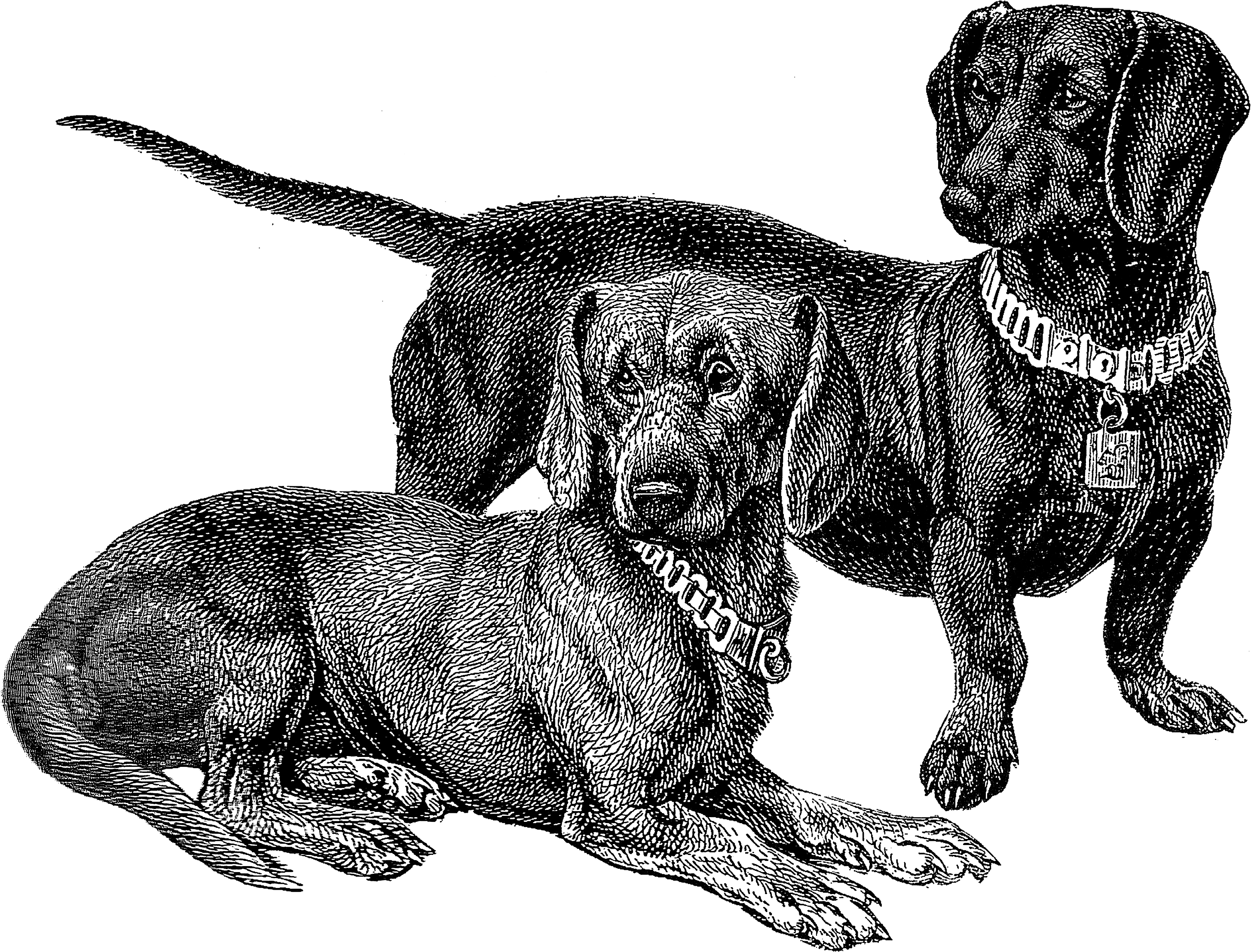How Dachshunds Became the Iconic 'Wiener Dogs': A Critical Examination of Cultural and Historical Influences
Introduction
Dachshunds, affectionately known as "wiener dogs," have captured the hearts of dog enthusiasts worldwide, becoming an iconic breed synonymous with companionship and charm. This essay critically examines the complexities surrounding the rise of dachshunds to their current status, exploring the cultural and historical factors that have shaped their unique identity.
Historical Origins and Function
Dachshunds originated in Germany in the 15th century, bred as hunting dogs to pursue small animals such as badgers and rabbits in dense undergrowth. Their distinctive long bodies and short legs enabled them to navigate underground burrows with ease. The breed quickly gained popularity among hunters and farmers, and their reputation for loyalty and determination spread throughout Europe.
Cultural Significance in Germany
In Germany, dachshunds became a symbol of national pride and were frequently depicted in art and literature. They were associated with the hunting traditions of the aristocracy and were often seen as companions to politicians and celebrities. The breed's popularity extended beyond the elite, however, with dachshunds becoming a common sight in German homes and streets.
Introduction to the United States
Dachshunds were first introduced to the United States in the late 19th century, where they quickly gained popularity as companion dogs. Their small size and affectionate nature appealed to city dwellers, and their distinctive appearance made them a conversation starter. The American Kennel Club recognized the breed in 1885, and its popularity soared throughout the 20th century.
The Influence of Popular Culture
Popular culture played a significant role in shaping the iconic status of dachshunds. In the 1950s, the Disney animated film "Dumbo" featured a dachshund named "Dachshund," further endearing the breed to audiences. Dachshunds also gained notoriety as companions to celebrities such as Andy Warhol and Frank Sinatra, cementing their association with glamour and sophistication.
Wiener Dog Culture
In the United States, dachshund culture developed around the breed's playful nature and unique appearance. Dachshund clubs and events emerged, providing opportunities for owners to connect and celebrate their dogs. Dachshund-themed merchandise, from T-shirts to stuffed animals, became widely available, reflecting the breed's widespread popularity.
Body Positivity and Health Concerns
While dachshunds are beloved for their distinctive shape, their long bodies have also raised concerns about health issues. Intervertebral disc disease (IVDD) is a serious spinal condition that can affect the breed, requiring careful handling and veterinary care. Dachshund breeders and owners have embraced body positivity, celebrating the breed's unique characteristics while acknowledging the importance of responsible breeding and care.
Reflections and Broader Implications
The rise of dachshunds to iconic status is a testament to the enduring relationship between humans and animals. Cultural and historical influences have shaped the breed's identity, from its humble beginnings as a hunting dog to its current position as a beloved companion.
The popularity of dachshunds raises questions about our fascination with specific dog breeds. Why have dachshunds captured our hearts more than other breeds? Their unique appearance, playful nature, and historical associations have all played a role, but there is likely no single explanation.
Dachshunds serve as a reminder of the power of culture to shape our perceptions and preferences. The iconic status of the "wiener dog" is not a natural phenomenon but a reflection of the cultural and historical forces that have elevated this breed to a position of endearment and familiarity.
Conclusion
Dachshunds have become an iconic breed, capturing the hearts of dog enthusiasts worldwide. Their rise to this status is a complex story of cultural and historical influences, including their hunting origins, cultural significance in Germany, introduction to the United States, the influence of popular culture, and the development of a distinct "wiener dog" culture. Dachshunds serve as a reminder of the enduring relationship between humans and animals, and their iconic status raises questions about the cultural forces that shape our fascination with specific dog breeds.
Why Cane Corsos Are Perfect For Active Households
How Bulldogs Become The Best Family Pets
Are Asian Semi-longhair Cats Good Apartment Pets?



